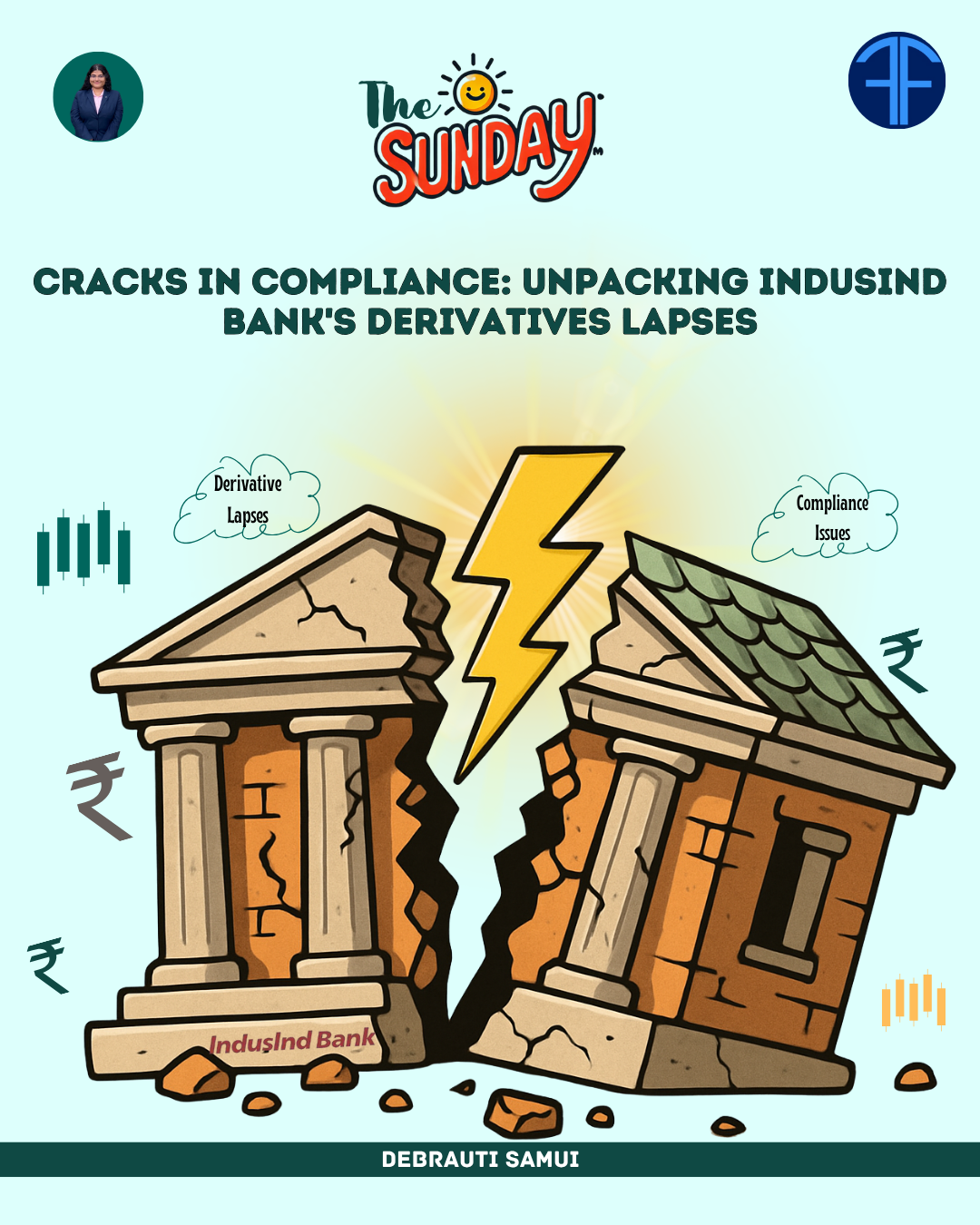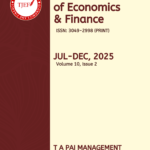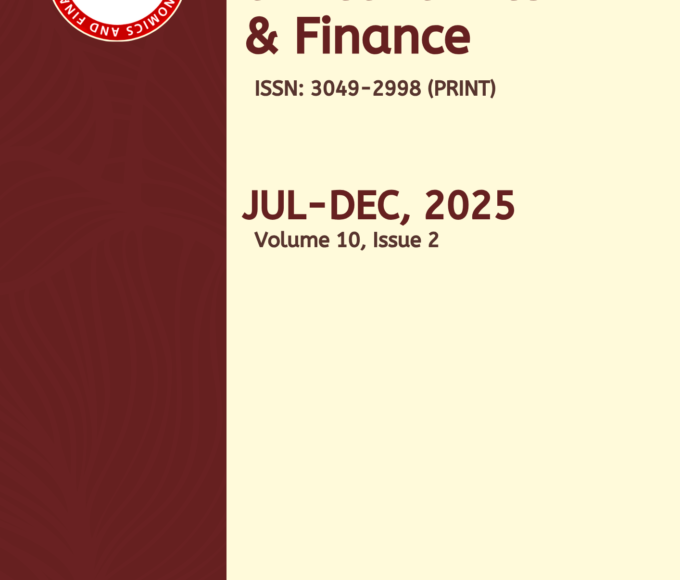Editor || Debarauti Samui
In early March 2025, a sordid chapter began for IndusInd Bank when a crucial update shared with the stock exchanges triggered panic. What followed was nothing short of a financial bloodbath, with its stock plummeted over 27% in a single day. This marked the fifth largest “single-day” crash in Indian stock market, after the Satyam, Yes Bank, Adani Group, and Reliance Power.
What was the statement about?
The disclosure issued to the stock exchanges revealed that, in light of new RBI guidelines on derivative accounting effective April 1, 2024, an internal review had identified a likely adverse impact amounting to approximately 2.35% of the bank’s net worth as of December 2024. The statement further noted that, in response to the findings, the bank has engaged a reputed external agency to independently examine and validate its internal assessment.
Understanding IndusInd Bank’s Lapses in FX Hedging
IndusInd Bank, like many other banks, deals with foreign currency transactions. These include receiving deposits in foreign currencies through remittances or institutional borrowings and giving out loans in foreign currencies. When the bank receives foreign currency, it must decide whether to keep it in that currency (like US dollars or yen) or convert it into Indian rupees. If it chooses to convert the foreign currency into rupees, it then enters hedging contracts to protect itself against future fluctuations in exchange rates. This is essential because the value of currencies can change frequently due to global economic shifts.
To manage this risk, banks use derivative products like currency swaps. Most banks hedge these transactions through external agencies. However, IndusInd Bank also used internal hedging, especially in cases where external markets had low liquidity, like for 3–5-year yen deposits or long-term dollar borrowings from multilateral institutions. This internal hedging method had been in place for about seven years, ever since the bank’s derivatives desk was set up. In such cases, the bank would first convert the foreign currency into rupees and create a matching internal hedging deal with its trading desk. The trading desk would then go to the market and hedge the bank’s exposure externally.
The problem arose in how these internal and external trades were recorded. External trades were marked to market, which means that these were valued based on current market prices. Internal trades, on the other hand, were recorded using swap valuation, a different accounting method. These two methods can show different values over time, but they usually match up when the trade ends. However, if a contract ended early, for instance, when a loan was repaid ahead of schedule, then the bank recorded the profits from the external trades but failed to account for the corresponding losses from internal trades. This accounting mismatch led to an inflated picture of the bank’s income and understated the losses from these derivative transactions.
This discrepancy continued for years without detection. It was only in April 2024, following a circular issued by the Reserve Bank of India in September 2023 that prohibited internal trades, that the bank began unwinding all such internal deals. During an internal review carried out to ensure compliance with the new RBI rules, IndusInd Bank discovered the issue. The review found that several internal trades had been unwound in the past without proper accounting, especially when borrowings were repaid early. As a result, the bank reported an estimated loss of ₹1,520 crore (net of tax), covering transactions carried out over the past seven years.
Derivative Discrepancies: Just the Tip of the Iceberg?
While the public disclosure on March 10 may have opened the proverbial Pandora’s box, this appears to be only the beginning of a deeper crisis for IndusInd Bank. In 2024, the Reserve Bank of India imposed a penalty of ₹27.3 lakh for violations related to deposit interest rates and for opening bank accounts for ineligible customers. Around the same time, just before the latest revelations concerning possible falsification of accounts to conceal derivative losses, the RBI had limited CEO Sumant Kathpalia’s reappointment to a single year, thereby rejecting the board’s recommendation for a full three-year term. This move was widely believed to reflect the regulator’s dissatisfaction with the bank’s risk management processes.
That’s not all. Suspicions of insider trading by senior executives had surfaced in both 2023 and 2024. Although the Securities and Exchange Board of India (SEBI) eventually closed its investigation into trades by Kathpalia and another executive, Khurana, citing lack of evidence, the very emergence of such allegations further strained the bank’s credibility.
Lingering Questions and Governance Concerns
The unfolding situation presents deeply unsettling questions. Was this a case of negligence where early warnings from the finance team were overlooked? Or were there intentional efforts to misrepresent the financial picture? Regardless of intent, what stands out is a glaring breakdown in the bank’s internal control mechanisms.
Even more concerning is the apparent failure of multiple layers of oversight that should have acted as safeguards. From external auditors to the board of directors, and even the banking regulator, each of these entities appears to have missed critical warning signs.
At its core, this is a governance failure of serious proportions. The board must now confront not only what it failed to detect, but also how such significant lapses in risk oversight were allowed to continue unchecked for years.




















Leave a comment